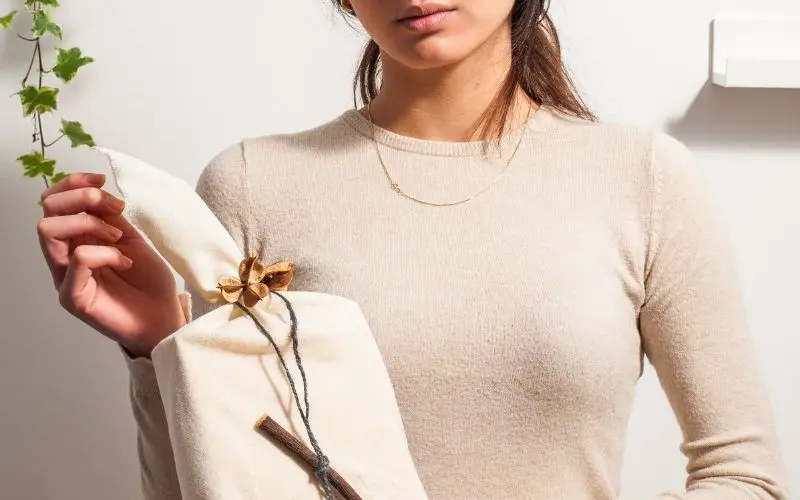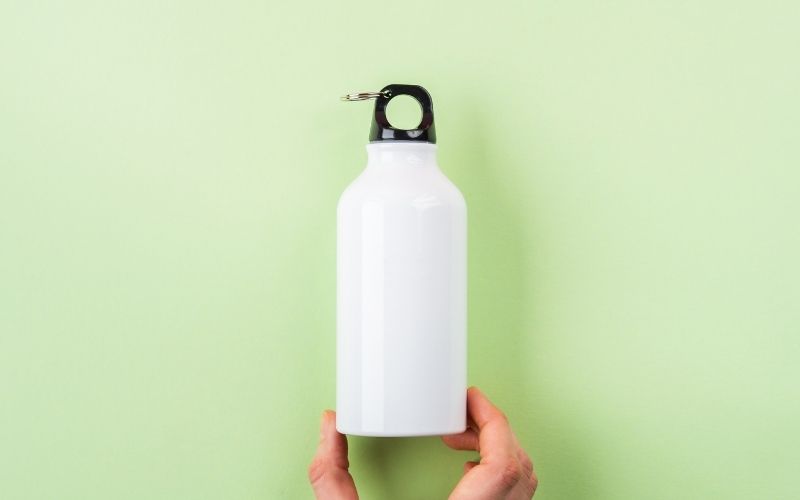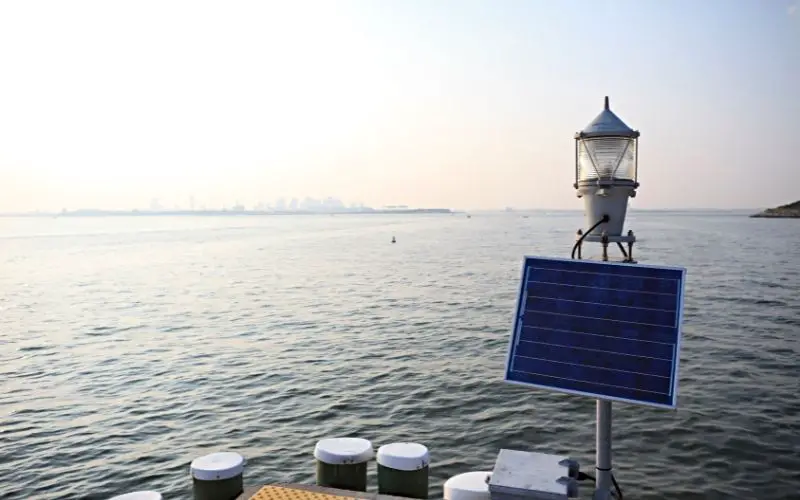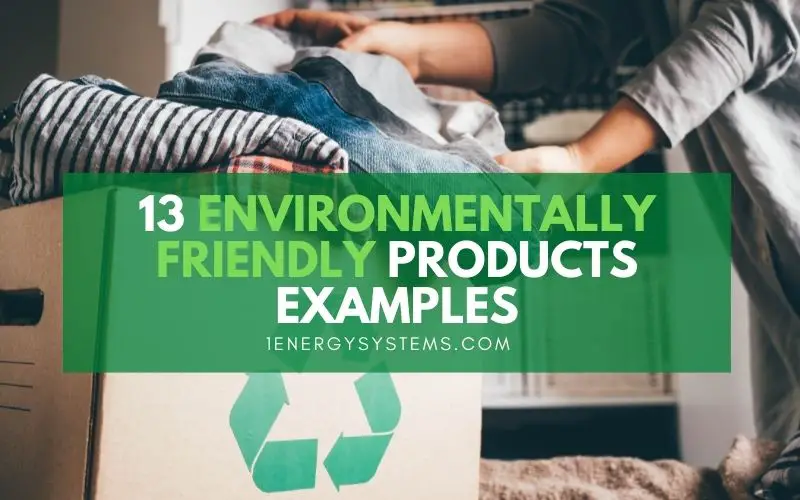Did you know that over 8 million metric tons of plastic end up in the ocean each year?
Plastics take centuries to decompose and often end up harming marine life. If you’re looking for a way to reduce your impact on the environment, consider using eco-friendly or biodegradable plastics. Or better still compostable plastics.
These plastics are made from sustainable materials like bamboo or cornstarch, and they break down quickly once microbes act on them in an aerobic environment into carbon dioxide, water, and biomass. Moreover, methane is not a by-product.
There are many environmentally friendly products available to help you reduce your impact on the planet. From biodegradable sunscreens to recycled paper products, there are numerous options for eco-friendly goods.
Here are some examples of eco-friendly products that you can include in your daily life.
Sustainable products examples
It is a misconception that it takes much effort and money to switch to an eco-friendly lifestyle. The green products listed here demand neither of these from you.
1. Cotton shopping bags
In the last few decades, we got so used to carrying our shopping in single-use plastic shopping bags. If you are unsure where to begin your eco-friendly journey, have no doubt; this is where you should start.
As the campaign for the “Save the environment” movement is gaining momentum, numerous choices are available in the market for reusable shopping bags. Typically, they are made of cotton, jute, or other natural fabrics.
Make it a point to carry your own shopping bag with you. You can even stock up a few of them in your car for emergency use. As a shop owner, you can discourage people from using single-use plastic shopping bags by charging them and/or selling reusable ones.

2. Kitchen cloth napkins
Have you ever thought about the paper napkins you use every day? It harms the environment in two ways – trees are cut down to make the paper for the paper napkins and they end up in landfills, taking time to decompose.
Paper napkins decompose much faster than plastic but it is not very fast either. You can avoid using paper napkins altogether if you switch to cloth ones. You can wash and reuse cloth napkins for a long time.
3. Cloth baby diapers
Disposable diapers indeed make our lives easier. But if you consider the number of diapers and napkins thrown into landfills every day, you will understand the enormity of the situation. These are not even recyclable like plastic products.
Turn the clock back a century or so. Before disposable diapers and napkins were invented, people used reusable ones made of clothes made from natural materials like cotton or bamboo. These can be washed and reused many times.
Moreover, these are free of chemicals as the ones present in disposable ones. This will help avoid rashes and allergies.

4. Recycled fabric clothes
Clothes made from recycled and organic fabrics are a great way to help the environment. Many famous brands have entered the eco-friendly fashion scene, making it easier for the common man to buy and use recycled clothes.
Recycled fabrics are made after sorting them by the material. Then, they are shredded or pulled into fibers, cleaned and processed, and respun into fabrics.
A better eco-friendly approach would be upcycling clothes. This involves less processing and less use of water, chemicals, and other raw materials used in cleaning and processing. Old and damaged clothes are repurposed or redesigned to create something new.
5. Reusable bread bags
Plastic packaging is one of the biggest contributors to non-biodegradable and hard-to-decompose waste that is polluting land, water, and air. It is indeed easy and simple to carry home bread packed in single-use plastic packaging. If you care for the environment, you can switch to reusable bread bags.
The reusable bread bags are made of either cotton or linen and work better than the conventional plastic ones as they allow the bread to breathe. These can be easily washed and reused as many times as you want to.
Another choice is to choose reusable bread bags made from recycled plastic like Onya bread bags.

6. Reusable water bottles
It is indeed easier to buy water off the shelf in single-use plastic bottles. As you are already aware of how long it takes for each of these bottles to decompose, you should consider other options such as a reusable water bottle.
Reusable water bottles are made of glass, aluminum, or stainless steel. You can wash and refill them with water as many times as you want.
7. Rechargeable batteries
With so many of our devices and gadgets running on batteries, it makes sense to buy rechargeable ones. It can save you money as well as reduce toxic waste.
Batteries come with dangerous and toxic components like cadmium, lead, zinc, mercury, and chromium. As batteries cannot be recycled, they often end up in landfills, polluting land, water, and air for a long time.
Rechargeable batteries, as the name suggests, can be recharged and reused for a longer period. This means fewer numbers end up in waste. Rechargeable batteries come with a higher price tag but you can save the environment and save money in the long run.
8. Eco-friendly house cleaning products
Numerous cleaning products lining the supermarket shelves indeed do their job but at what cost? Most of them contain harmful chemicals that pollute the land and groundwater. If you are concerned about this, you can easily replace them with environment-friendly products.
If you want to, you can make your own cleaning supplies using easily available things like water, vinegar, baking soda, and tea tree oil. Or else you can look out for ready-to-use products with green ingredients.
Once you start using them, you will realize that these environmentally sustainable products give you the same or better results without harming the environment.
9. Compostable bin liners
Another major contributor to plastic waste is bin liners. This simple product is immensely helpful in the collection and disposal of waste every day. However, we seldom realize that they are adding to the already burgeoning non-recyclable plastic waste.
Giving up on bin liners is a difficult proposition for most people. This has led to the invention of compostable bin liners. These are made from natural plant starch that can break down completely into compost by microbial action in an aerobic environment. There are no toxic by-products in this process.

10. Solar-powered outdoor lights
Even if you don’t want to switch to solar power for your entire home, you can use it to light your yard. This needs much less effort and investment.
As long as your location receives enough sunlight, direct or indirect, during daytime throughout the year, you can replace your regular outdoor lighting with solar-powered ones. The battery in it will get charged during the daytime and this is used to power the lights at night.
This can bring down your energy consumption from the grid which is most often generated by burning fossil fuels.
11. LED bulbs
These look the same as incandescent bulbs but use a fraction of the electricity to give you the same brightness or luminescence. LED bulbs are costlier than regular bulbs or even CFLs but the energy savings will compensate you for the additional cost in a short time.
However, the main attraction of adopting an LED bulb is not its money-saving aspect. As they consume very little energy without compromising on luminescence, LED bulbs can bring down your reliance on grid energy and thereby fossil fuels.
12. Solar water heaters
Again, if you are reluctant to go solar completely, you can save a good portion of your energy use by installing a solar water heater. As long as your location receives enough sunlight to generate the solar energy needed to heat water, this is a good move to save the environment.
In most homes, a substantial portion of the energy bill is for heating water. With a solar water heater, you can bring down your energy bill and save money in the process. Besides this, you can do your bit for the environment by reducing your use of fossil-fuel-generated grid energy.
13. Energy Star products
Energy Star rating is given to the entire range of home appliances and devices. This is a symbol of higher energy efficiency or less energy consumption. By using less energy without affecting functionality, these products can help you meet your environment-friendly goals.
From refrigerators, air conditioners, and TVs, Energy Star rating is given to a wide range of electrical gadgets and equipment that you use in your daily life. These appliances are granted an Energy Star rating if they adhere to strict energy efficiency criteria as determined by the Department of Energy or the US EPA.
By using less electricity, these products can save you money on your energy bill and help save the environment with fewer toxic emissions from power stations. And you get all these without sacrificing the quality and features you want.
Bottom line
Encouraging people not only to buy less but also to consume less, in general, is one way we can make the world sustainable for future generations. If you’re trying to change your habits and live a more environmentally friendly lifestyle, several companies offer earth-friendly products just for you. These eco-friendly examples can get you started.
All you need is a little bit of mental adjustment to switch over to the environment-conscious and eco-friendly mindset. Initially, you may find the change more difficult to get accustomed to but if you persist, it is easy to make them part of your lifestyle.
After all, our goal is to leave this planet a better place for future generations than we inherited it.
Recommended Reading:
- 100 Ways to Live More Sustainably
- How Does Recycling Plastic Help the Environment?
- Top 10 Causes of Global Warming
- 7 Reasons Why You Should Recycle
- 10 Reasons Why Renewable Energy is Good
- 12 Ways To Reduce Electricity Consumption At Home
- Positive Environmental Impacts of Solar Energy
- How Long Does It Take For Plastic To Break Down
- 11 Eco-Friendly Products To Make At Home

